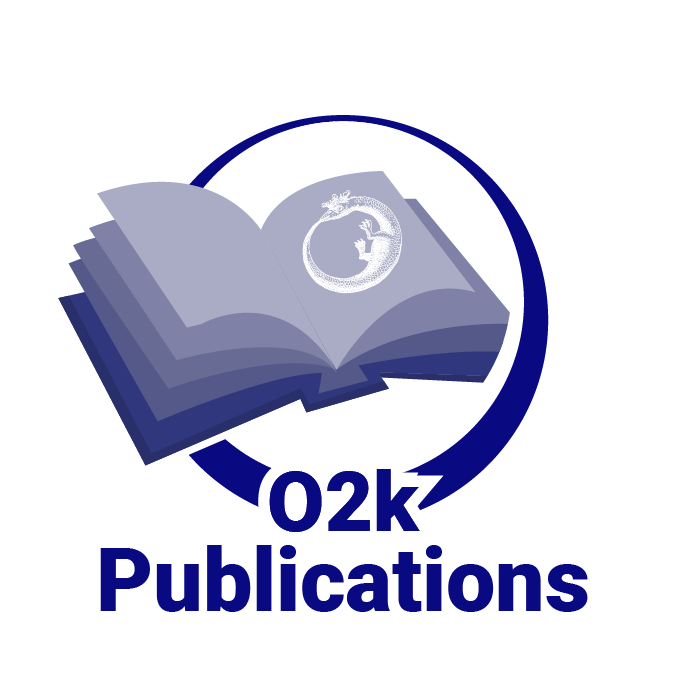O2k-Publications: CHO: Difference between revisions
From Bioblast
No edit summary |
Beno Marija (talk | contribs) No edit summary |
||
| Line 10: | Line 10: | ||
{{#ask:[[Category:Publications]] [[Instrument and method::Oxygraph-2k]] [[cell line::CHO]] | {{#ask:[[Category:Publications]] [[Instrument and method::Oxygraph-2k]] [[cell line::CHO]] | ||
|?Was published in year | |?Was published in year | ||
|?Has title | |?Has title=Reference | ||
|?Mammal and model=Organism | |||
|?Tissue and cell=Tissue;cell | |||
|?Mammal and model | |||
|? | |||
|format=broadtable | |format=broadtable | ||
|limit=5000 | |limit=5000 | ||
| Line 27: | Line 25: | ||
{{#ask:[[Category:Abstracts]] [[Instrument and method::Oxygraph-2k]] [[cell line::CHO]] | {{#ask:[[Category:Abstracts]] [[Instrument and method::Oxygraph-2k]] [[cell line::CHO]] | ||
|?Was submitted in year | |?Was submitted in year | ||
|?Has title | |?Has title=Reference | ||
|?Mammal and model=Organism | |||
|?Tissue and cell=Tissue;cell | |||
|?Mammal and model | |||
|? | |||
|format=broadtable | |format=broadtable | ||
|limit=5000 | |limit=5000 | ||
Revision as of 11:32, 11 November 2016
O2k-Publications: CHO
Chinese hamster ovary (CHO) cells are a mammalian model cell line derived from the ovary of the Chinese hamster.
They are grown as a monolayer. Usual culture medium: RPMI 1640 requiring defined supplements, such as amino acid proline.
Sort in ascending/descending order by a click on one of the small symbols in squares below. Default sorting: chronological. Empty fields appear first in ascending order.
O2k-Publications: CHO - Abstracts
Sort in ascending/descending order by a click on one of the small symbols in squares below.






